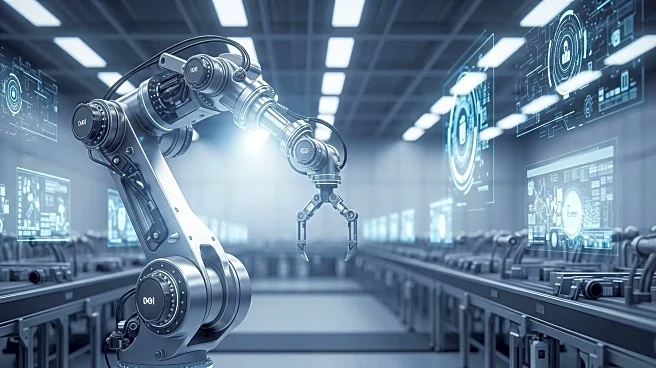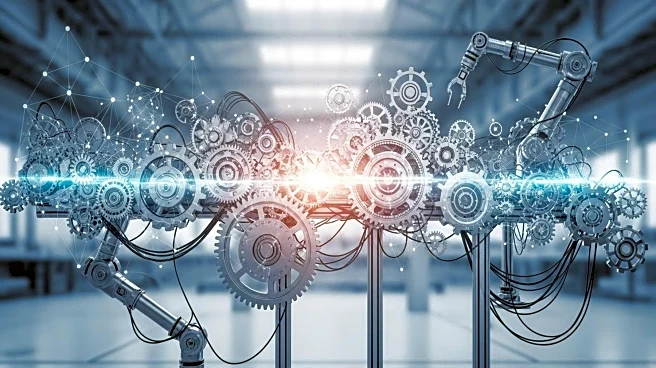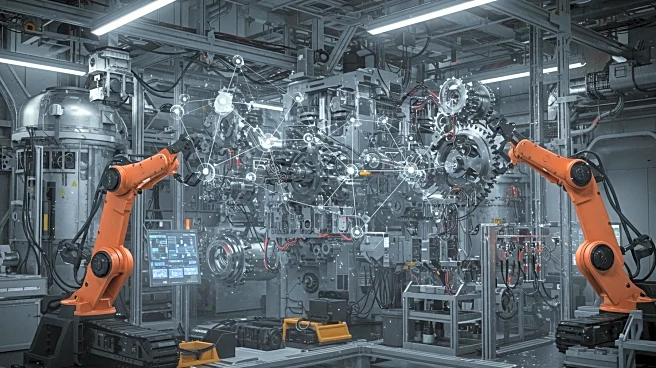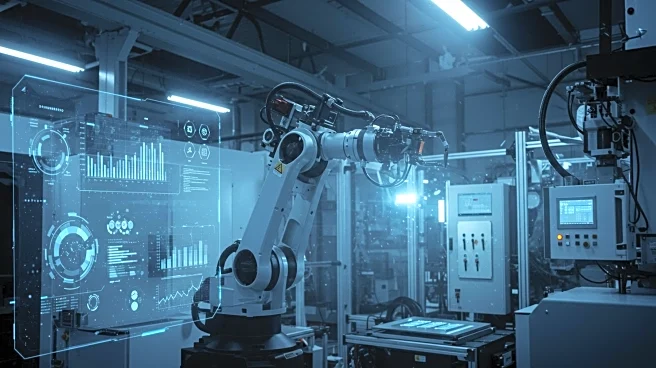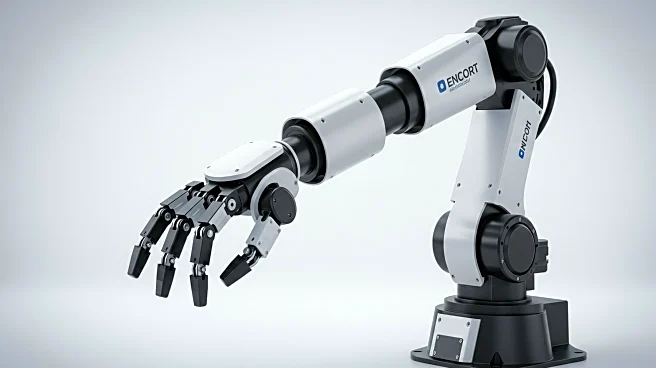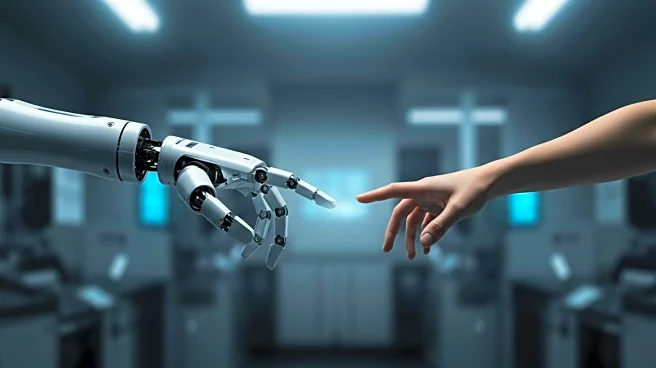What's Happening?
The industrial automation market is projected to reach $226.8 billion by 2025, but faces challenges due to technology fragmentation. The sector has seen a proliferation of diverse technologies and platforms, complicating standardization and interoperability. This fragmentation slows time to market, which is critical given current macroeconomic conditions. The workforce is also undergoing a transition, with a significant portion nearing retirement age, raising concerns about the next generation's ability to navigate fragmented tools. The industry needs simpler, more intuitive software solutions to attract young talent and ensure smooth operations.
Why It's Important?
The fragmentation in industrial automation technology poses a risk to efficiency and innovation, potentially hindering the sector's growth. As the Baby Boomer generation retires, the industry must adapt to attract and retain younger workers who may be deterred by complex and outdated systems. Simplifying tools and processes is crucial to maintaining competitiveness and meeting market demands. The ability to quickly deploy products with minimal custom coding is essential for manufacturers facing economic pressures, highlighting the need for user-friendly software solutions.
What's Next?
Manufacturers may need to invest in developing or adopting more intuitive software tools to streamline operations and attract younger workers. This could involve creating industry-tailored templates for user interfaces, reducing the need for custom coding. As the industry evolves, companies will likely focus on improving usability and integration of tools to enhance productivity and innovation. The transition to a more digitally savvy workforce may drive changes in training and development programs, ensuring employees are equipped to handle modern technologies.
Beyond the Headlines
The shift towards simpler tools in industrial automation reflects broader trends in technology adoption and workforce dynamics. It underscores the importance of usability in software design, which can influence employee satisfaction and retention. The industry's response to these challenges may set precedents for other sectors facing similar issues, emphasizing the need for adaptability and innovation in the face of technological and demographic changes.
